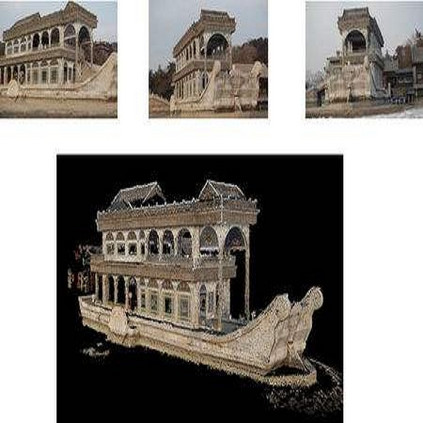Curvilinear structures frequently appear in microscopy imaging as the object of interest. Crystallographic defects, i.edislocations, are one of the curvilinear structures that have been repeatedly investigated under transmission electronmicroscopy (TEM) and their 3D structural information is of great importance for understanding the properties ofmaterials. 3D information of dislocations is often obtained by tomography which is a cumbersome process since itis required to acquire many images with different tilt angles and similar imaging conditions. Although, alternativestereoscopy methods lower the number of required images to two, they still require human intervention and shape priorsfor accurate 3D estimation. We propose a fully automated pipeline for both detection and matching of curvilinearstructures in stereo pairs by utilizing deep convolutional neural networks (CNNs) without making any prior assumptionon 3D shapes. In this work, we mainly focus on 3D reconstruction of dislocations from stereo pairs of TEM images.
翻译:显微镜成像中经常出现曲线结构作为感兴趣的对象。 晶体缺陷(即位置)是经传输电子显微镜(TEM)反复调查的曲线结构之一,其3D结构信息对于了解材料的特性非常重要。 3D脱机信息通常通过透视法获得,这是一个繁琐的过程,因为需要获得许多图像,其倾斜角度不同,成像条件相似。虽然替代镜像方法将所需图像的数量降低至2个,但它们仍然需要人干预和形状前置,才能准确进行3D估计。我们建议采用完全自动化的管道,在不事先假设3D形状的情况下,利用深层革命神经网络(CNNs)对立体结构进行检测和匹配。在这项工作中,我们主要侧重于3D对TEM图像的立式对立体图像进行解动。





